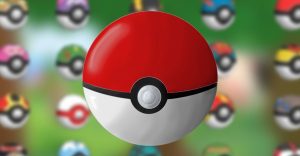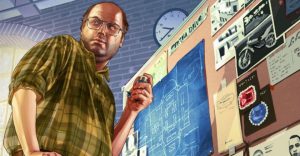NASA Delays James Webb Space Telescope’s Sun Shield Tensioning

NASA announced it was delaying the tensioning of the James Webb Space telescope’s sun shield. The Webb telescope is on a month-long schedule to unfold, a multi-step process that is not autonomous but commanded from Earth. However, since the launch, NASA has warned that Webb’s unfolding timeline could be modified.
Webb is almost one-third into its deployment. The launch of the space telescope was flawless. Given its efficiency, it extended the life of the telescope by helping it to save thruster fuel. Webb has already covered 60 percent of the 1.5 million miles voyage it is on to reach an orbit beyond the moon called L2 orbit. All deployments from upper stage preparation to solar array deployment, mid-course corrections, and sun shield deployments have gone like clockwork, but now NASA announced a pause in the program.
The NASA Webb team decided to delay the tensioning of the sun shield for 24 hours to focus on the temperature of the motors that will get the job done. The team is also analyzing how the power of the subsystems is performing now that the most significant deployments have been made. NASA explained that the temperature of the motors needs to be optimal for the tensioning of the sun shield to go as planned. If the sun shield fails to tension and unfold, the telescope will not work correctly. In a worst-case scenario, pulling too hard when something is out of place or not working could tear up the sun shield.
Super Cold To Detect Faint And Distant Heat Signals

The critical and thin-as-human-hair aluminum-coated films that make up the sun shield need to be pulled and tensioned by motors in a space environment. Motors’ performance can be altered in space by temperature drops and increase, mechanical malfunctions, and power failure or power glitches. A rough ride on top of a heavy rocket is also known to shake up gear and cause malfunctions.
Webb will be registering infrared light from the most distant objects ever observed in the Universe. Infrared light is heat radiation, but the telescope itself and other things in space also emit infrared heat signals. To avoid jamming the faint and distant signals, Webb must be extremely cold. Once fully tensioned, the sun-facing side of the shield will endure temperatures as high as 230 degrees Fahrenheit. On the cool side, temperatures will drop to cryogenic levels of -394 Fahrenheit. The shield is made of five thin layers. The fifth is mostly redundant protection against micrometeorites, tears and holes.
The sun shield also protects the telescope from external sources of light and heat, like the Sun, Earth, and Moon. Since Webb was launched, this is the first time that the team decided to delay and reschedule a deployment. “We’ve had a week to see how the observatory behaves in space. It’s not uncommon to learn certain characteristics of your spacecraft once you’re in flight. That’s what we’re doing right now,” Mike Menzel, of NASA’s Goddard Space Flight Center, Webb’s lead systems engineer, says. “We want to take our time and understand everything we can about the observatory before moving forward.”
Source: NASA-Webb

















